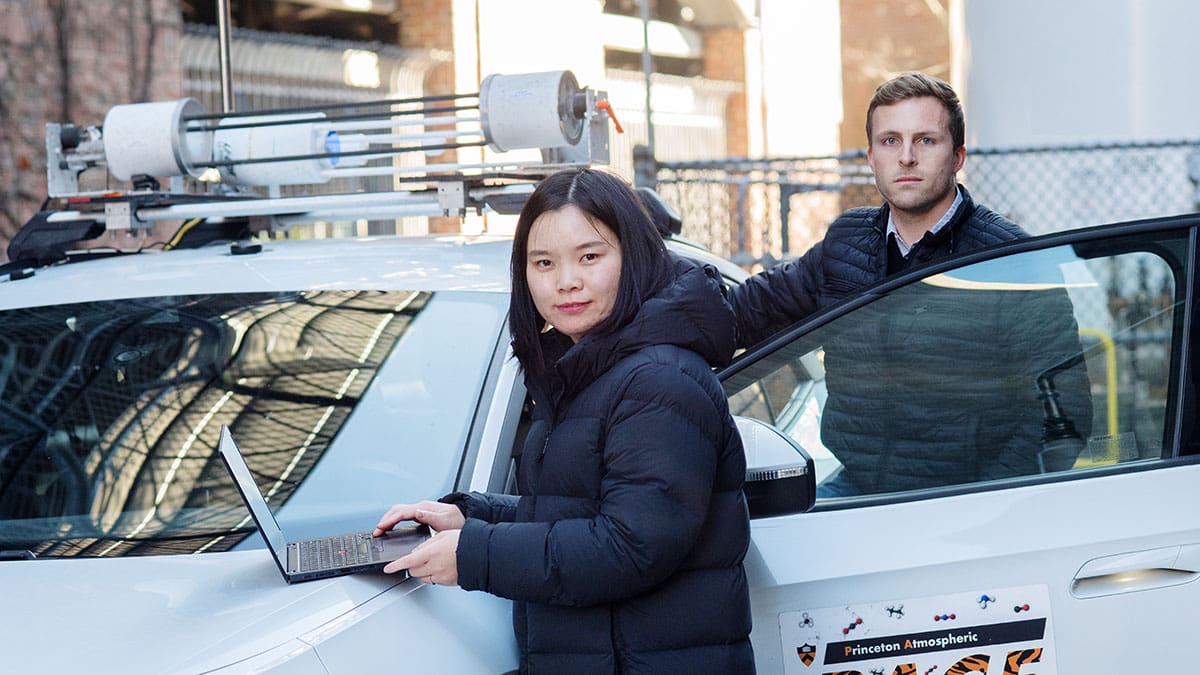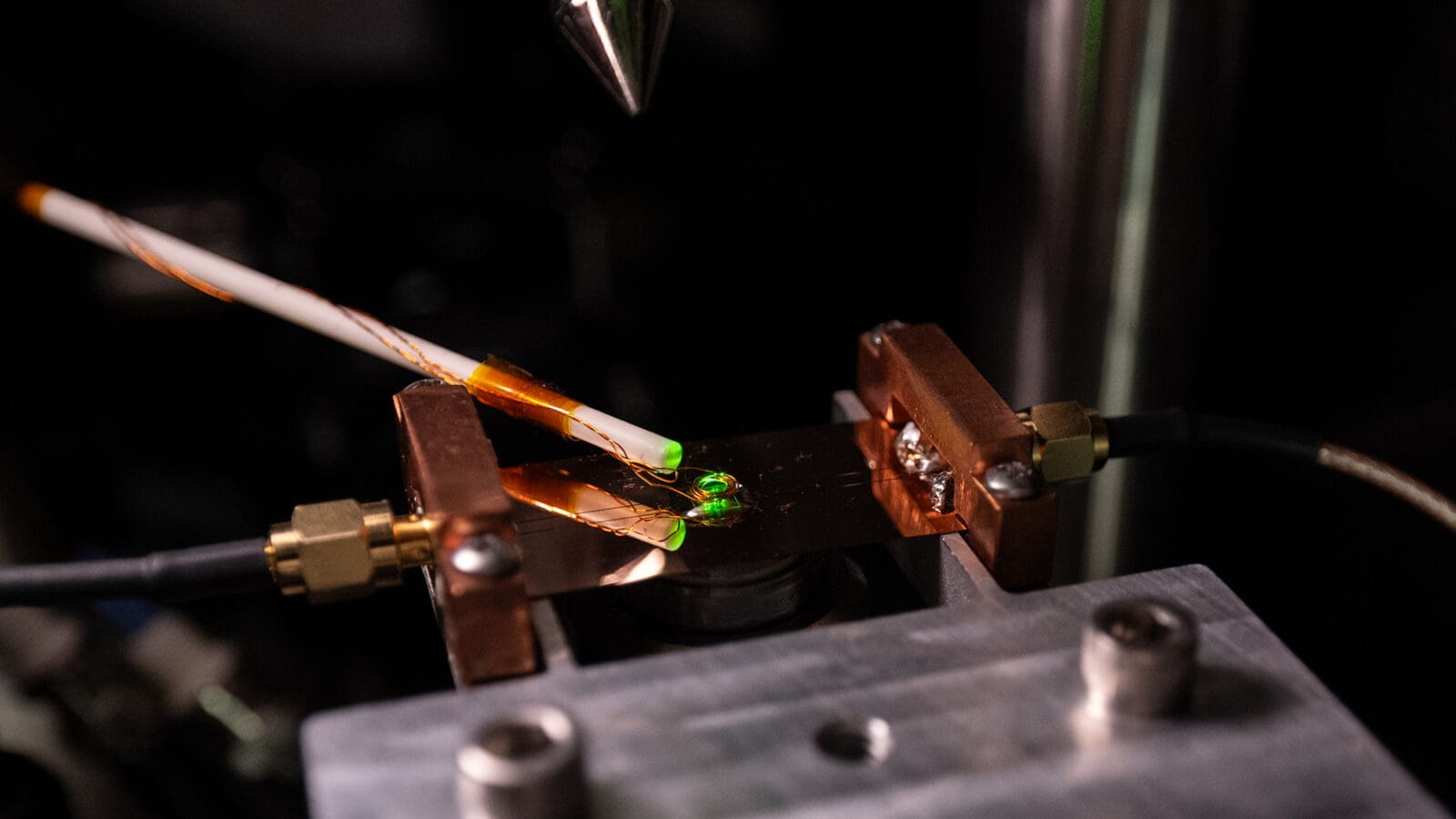Original thinking: Probing early growth may reveal new paths to treatment
By
Steven Schultz
on
Biologists have long been fascinated by the first moments when cells divide to become complex
tissues and organisms. Now engineers — with an eye toward treating cancer and regenerating tissue
— are increasingly joining the hunt for the quantitative principles and underlying mathematics
that determine how these processes succeed or fail.
Stanislav”>http://www.princeton.edu/cbe/people/faculty/shvartsman/”>Stanislav
Shvartsman Ph.D. ’99, a professor of chemical”>http://www.princeton.edu/cbe/”>chemical
and biological engineering who also holds an appointment in Princeton’s Lewis”>http://www.princeton.edu/genomics/”>Lewis
Sigler Institute for Integrative Genomics, is developing statistical approaches to understanding
the way chemicals spread signals across an embryo. Shvartsman and colleagues published a breakthrough in
this work Oct. 17 in the journal http://dev.biologists.org/” target=”_blank”>Development.
In the lab of Celeste”>http://www.princeton.edu/~cmngroup/”>Celeste Nelson,
assistant professor of chemical and biological engineering, Cecillia Lui ’11 recently turned her
senior thesis into a peer-reviewed article on the mechanics of stem-cell differentiation in breast tissue,
which could have implications for understanding breast cancer. Another former undergraduate, Jay Kwak ’09,
is co-author with Nelson of a new study revealing that normal lung-tissue development is governed by a
single mathematical equation.
In the same department, Assistant Professor Clifford”>http://www.princeton.edu/cbe/people/faculty/brangwynne/”>Clifford
Brangwynne focuses on a cell component called the nucleolus, a loose confederation of proteins and
RNA that produces the hardware that builds cells from the inside out. A long-term goal is to tune the
properties of this tiny bioreactor to adjust cell growth, which could be useful in battling the runaway
expansion that characterizes cancer.





